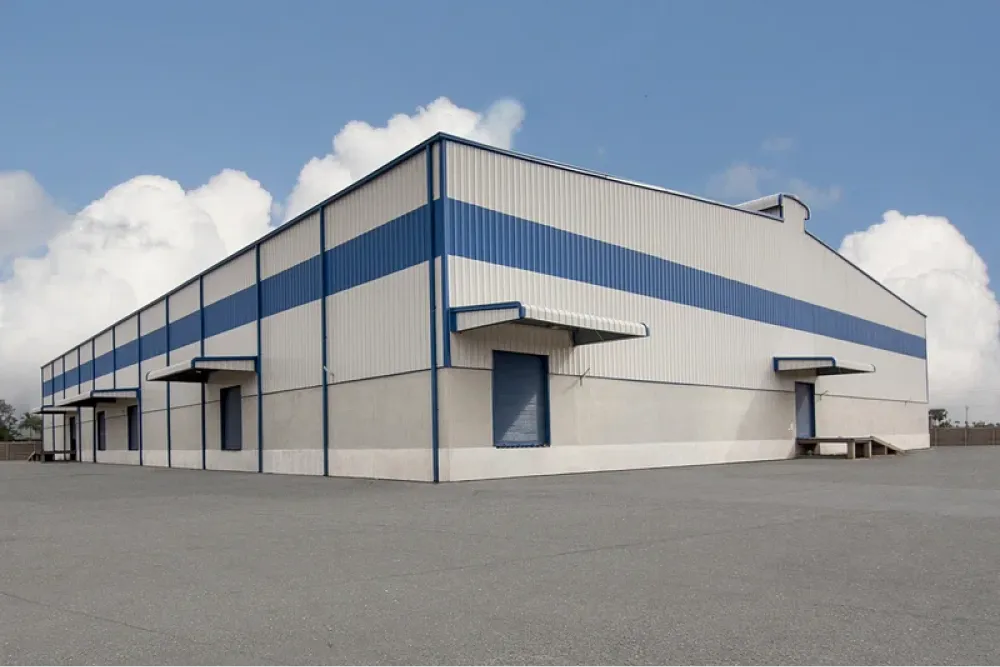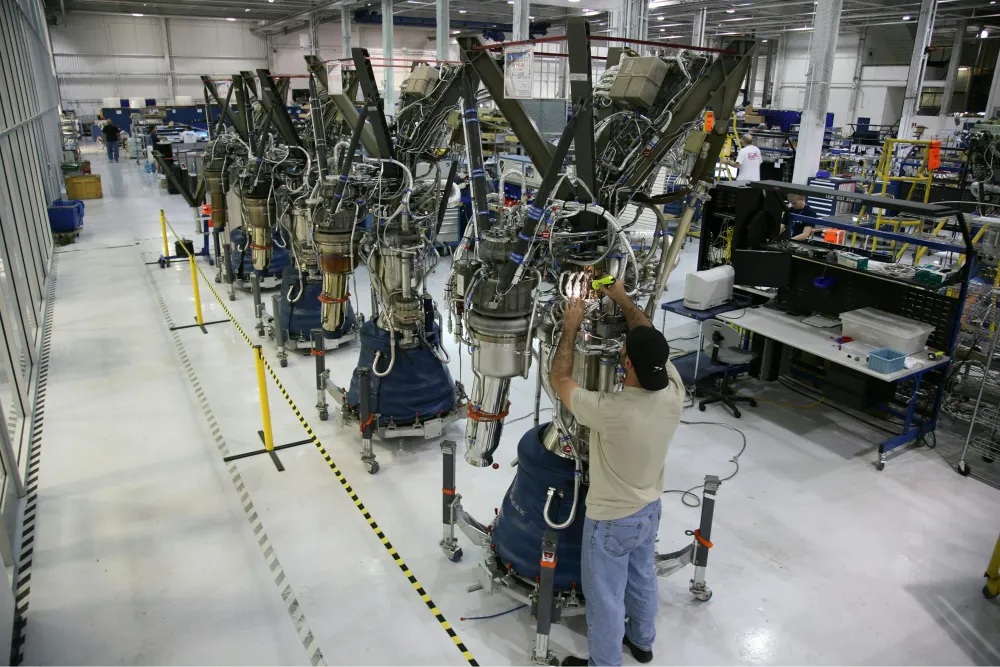
Due to emerging as a new “factory to the world,” building a modern factory in Vietnam is a strategic investment to greatly scale your business. Our article will discuss its benefits, analyze its challenges, and discuss some effective solutions to guarantee your long-term growth and competitiveness.
It’s straightforward to find a modern factory in Vietnam. Despite the economic crisis, the country’s manufacturing sector continues to attract many investors and partners. This is the result of numerous new free trade agreements, including the RCEP, CPTTTP, EU-Vietnam Free Trade Agreement, and ASEAN-India Free Trade Agreement.
Since Vietnam offers a large and well-trained labor force, the country’s labor expenses are often inexpensive. Factories are usually located in highly populated cities with accessible transportation.

Businesses invest a great deal of effort into advancing, purchasing new equipment, and following global regulations. They rigorously inspect and evaluate the production processes to guarantee excellent final products and competitive prices. This demonstrates that Vietnamese factories possess the necessary resources and capability to undertake extensive production projects.
Investing in a modern factory in Vietnam can bring various benefits, including increased productivity and quality in the manufacturing process.
Modern factories can optimize production processes by using IoT technology to gather real-time data from machinery and equipment and enable manufacturers to operate devices remotely. Robotics and artificial intelligence (AI) are utilized to replace people in repetitive jobs, saving labor expenses and human resources.
AI can also analyze data gathered to track the state of machines and proactively create maintenance schedules and warranties. Therefore, manufacturers can cut down on repair expenses and lengthen the life of equipment.
Human labor is no longer needed for repetitive tasks in a modern factory in Vietnam. Robots are used instead to lower the possibility of human mistakes, improve precision, and minimize the need for rest, thus boosting productivity. Besides, they may protect human safety by carrying out dangerous and heavy labor.
Research by Deloitte USA shows that applications for smart factories may boost output overall by 10%, efficiency by 11%, and productivity by 12%. Economic consulting firm Frontier Economics UK predicts that revenues in the industrial sector might rise to 38% by 2035 thanks to artificial intelligence.
Production line AI integration improves accuracy and efficiency while lowering scrap and defective goods. It helps companies examine market data and consumer input to improve products by predicting, monitoring, and reporting faults.

By utilizing technologies like artificial intelligence and other smart factory solutions, the factory’s machinery system can operate, monitor, measure, and analyze data automatically throughout production. This reduces costs, boosts productivity, and increases production efficiency, thereby enabling companies to gain market competitiveness.
Despite being a good investment, investing in a modern factory in Vietnam also remains a challenge that requires proper solutions.
– High initial investment costs: Advanced technology is inevitable for a smart factory, but it can be costly, requiring a long return on investment and affecting profitability.
– Need for skilled labor: Workers must be specialized and trained to work with new technology and innovation.
– Regulatory and compliance issues: Factories working in Vietnam must follow the country’s regulations on various issues, such as the environment. This can be challenging and time-consuming for businesses.
– Government incentives and subsidies: The Vietnamese government provides a range of subsidies, tax cuts, and incentives to entice international investment and boost domestic production. Utilizing these incentives may increase profitability, and early investment expenditures can be partially mitigated.
– Training and education programs: Investing in worker upskilling and training programs can help close the skills gap and increase productivity in the workforce. Working with universities, industry groups, and vocational institutions may guarantee a consistent supply of trained workers.
– Collaboration with international partners: Manufacturers may benefit from modern technology, specialized knowledge, and industry best practices by partnering with foreign businesses and suppliers. This kind of cooperation may boost competitiveness in international markets, increase product quality, and speed up innovation.

With the use of devices like fingerprint and facial ID timekeepers, smart management software is being utilized more and more for personal timekeeping and warehouse management. This technology allows businesses to monitor employees, manage inventories and goods, save time, and guarantee transparent data.
Businesses may successfully reduce costs and conserve energy by utilizing IoT-integrated equipment and smart technology, such as lighting systems and smart air conditioners.
High-resolution AI cameras can identify faces, behavior, human motions, suspicious objects, and prohibited zones. These cameras alert companies, enabling them to manage production operations and maintain security.
In factories, AI applications for scanning cameras are becoming more more common in identifying defective items. Artificial intelligence technology may identify and manage subpar items by gathering data on entire product models and comparing them with on-the-line products. In order to save time and reduce the negative impacts of defective products, businesses may also create intelligent production processes that employ AI to eliminate faulty items automatically.
Vietnam intends to reach rising markets in Asia, Africa, and Latin America in addition to its usual export partners, the US and EU. The country wants to become more deeply integrated into global value chains, especially in the electronics, automotive, and textile sectors. It will build relationships with foreign suppliers and draw international companies to set up production facilities. Therefore, a modern factory in Vietnam is key for businesses that want to develop a production base in the country.
A modern factory in Vietnam equips a modern management system with new technology and skilled workers. The factories help businesses save time and money, increase productivity, and enhance product quality.
As the country aims to integrate more profoundly into the global supply chains, investing in modern factories in Vietnam can lead to sustained development and competitiveness. Savills Industrial is a trusted partner for investors and businesses interested in Vietnam’s built-in factories. Our understanding of the country’s industrial real estate sector allows us to provide insightful guidance on navigating the rapidly changing landscape. If you want to know more about this sector or other real estate, don’t hesitate to contact Savills.